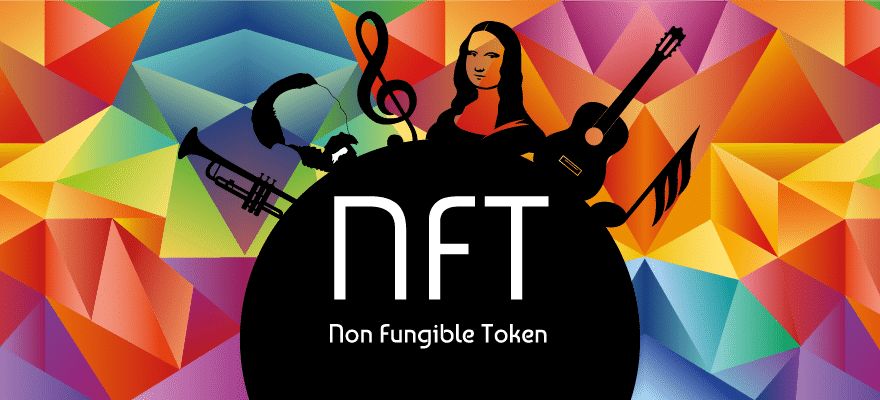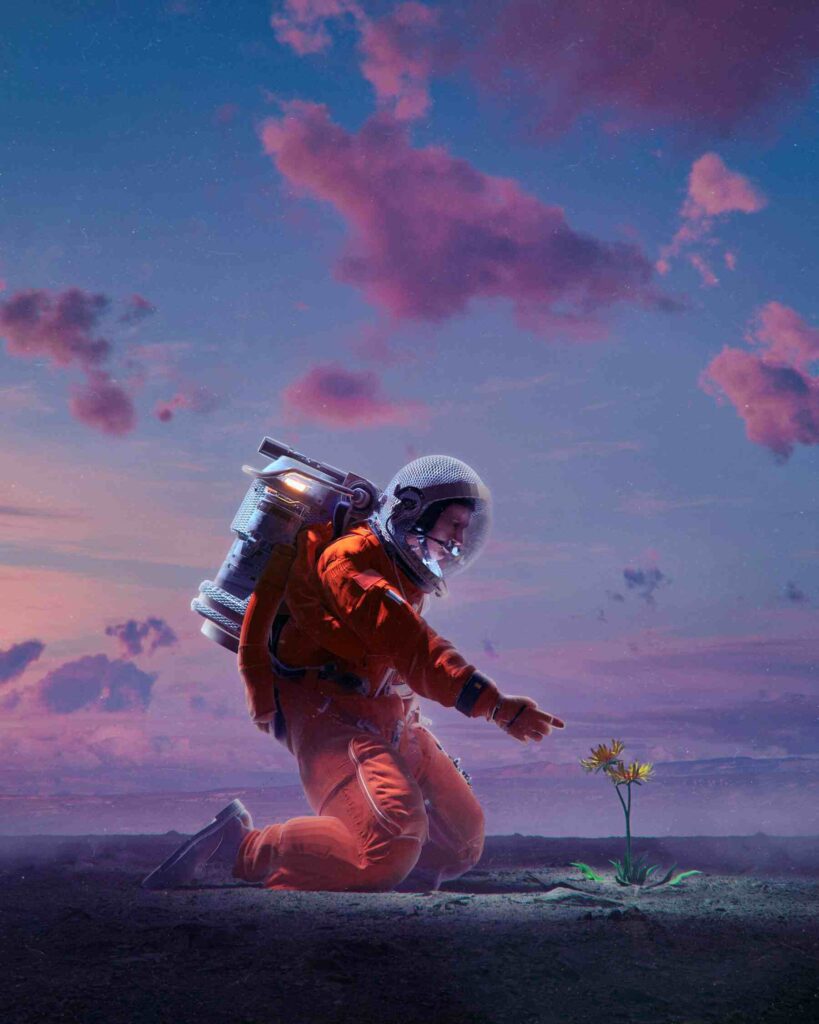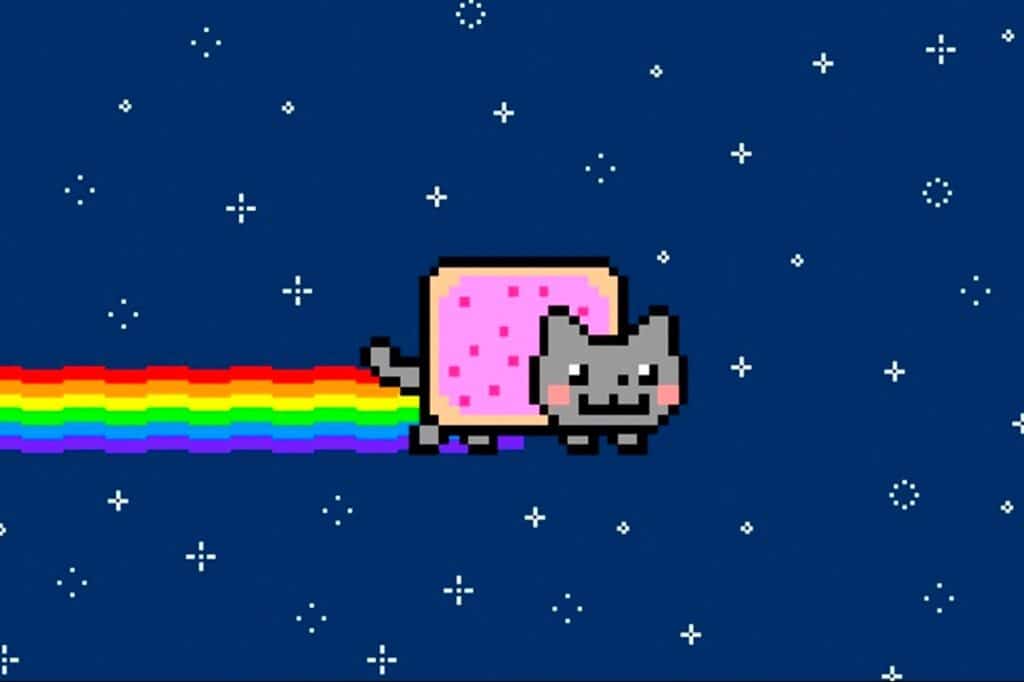Cryptocurrencies have been around for some time now and while you may not understand everything about them, they’re here to stay. Bitcoin, the original crypto, has already gained mainstream attention. Now the focus is on new coins such as Ethereum, Stellar, Litecoin, etc. which are gradually gaining some traction. This comes with more and more investors looking to expand their portfolio and hence, resulting in the emergence of newer market mechanisms. One such mechanism making a buzz on several media platforms is the sale of NFTs.
Music Legends like Eminem, Snoop Dogg, Linday Lohan have already taken the plunge and minted millions of dollars with their NFT collections. So have numerous sports personalities like Tony Hawk, William Shatner. So let us understand what are NFTs exactly.
What are NFTs?
An NFT, short for Non-Fungible Token, is essentially a unique digital asset that can be sold on a crypto-market in exchange for a cryptocurrency (primarily Ethereum). In technical terms, an NFT is a unit of data stored in a blockchain network, with a certificate that attests to it’s uniqueness and prevents it from being interchangeable with another unit of data. The unit of data could be any file that the owner wants to protect and keep unique. NFTs could be photos, videos, artworks, music, or any other original creation that exists in a digital format.

To break this concept down further, think traditional economics. Here, the word ‘fungible’ refers to an asset that can be interchanged without any issue. For example, money is a fungible asset. A currency note of a given value can be swapped with another note of the same value such that, the value of the asset held will remain the same but the physical entity (original note) has been interchanged. On the other hand, ‘non-fungible’ implies that the asset or entity has properties that makes it unique. ‘Token’ is derived from the concept of digital tokens, which can be looked at as certificates indicating ownerships of digital assets.
How do NFTs operate?
Most NFTs form a part of the Ethereum blockchain. For the uninitiated, Ethereum is a cryptocurrency that has a framework to store NFTs in its digital ledger. Although Ethereum is not the only blockchain to support NFTs, with alternatives like Tezos and FLOW also available, Ethereum remains the most popular.

An important distinction to be made here is that: Ethereum might be a cryptocurrency but the storage method of an ETH coin is different from the storage of an NFT in the blockchain. NFTs are used to create digital certificates of artworks and store them in the blockchain. Thus, the artworks can be copied and stored by other users. However, any usage of that artwork will always be directly linked with it’s token stored in the blockchain; consequently preserving its ownership rights. The ownership record cannot be forged either since, fundamentally, a single record has it’s associated information distributed across thousands of devices which form the blockchain.
NFTs also have a provision to provide royalties to artists on future sales of their work. This implies that if an artist sells their work as an NFT, they will still receive a royalty fee on any future sales depending on terms mentioned in the contract.
Why are NFTs suddenly worth millions?
Think of NFTs as a digital artwork, the same way you would think of Da Vinci’s ‘Mona Lisa’ or Van Gogh’s ‘Starry Night’ as artworks. These pieces are worth millions, as physical works of art. An NFT, is largely trying to replicate the same concept, except with digital properties. Theoretically, anyone can tokenise their creations as an NFT and then proceed to sell it on a marketplace like Rarible or OpenSea.
However, the current media frenzy is because of the million-dollar sales of some NFTs like this one:

This is an artwork made by digital artist Beeple, which was a part of his ‘Everydays – The First 5000 Days‘ that sold for $69 million in the world’s first digital-only auction organized by Christie’s auction house. Investors looking to buy NFTs are willing to shell out for these digital pieces for the same reason collectors spend millions on physical art: speculative assets. The value of an NFT is only expected to grow as the cryptocurrency boom continues.
Not everything sold as an NFT must be art either. Jack Dorsey, Twitter’s founder, listed the first tweet he ever made for sale as an NFT which sold for over $2.9 million. Even the Nyan Cat GIF, the 2011 meme of an animated flying pop-tart cat, sold for more than $500,000. Now, NFT marketplaces like Rarible are brimming with tons of creations ranging from downright marvelous to inexplicably weird.

Future of NFTs
With respect to future scope, NFTs have their fate intertwined with the development of cryptocurrencies and blockchain. As more people invest in NFTs, cryptocurrencies will gain more activity which in turn will increase their value.
Although Bitcoin will remain the most popularly traded currency for the foreseeable future, NFTs have paved a way for other currencies that support the NFT framework to gain far more traction than they otherwise would have. Ether happens to be the currency leading the pack in this race, with the Ethereum blockchain being the post popular choice for storing NFTs.
Regulating any cryptocurrency is rather impractical since every blockchain operates on a decentralized network. This concept extends to NFTs as they too are stored on a blockchain, making it pretty inconceivable to regulate an NFT marketplace using traditional economic guidelines. Although this is bad news for several regulating bodies, as they will have to react to market movements for regulation; NFTs are still expected to grow in popularity.

The transition from physical to digital assets, spearheaded by the concept of NFTs has opened a new potential market for completely digital collectables. It may sound meaningless, as you could just copy the artwork from an NFT; but protecting usage was never the intention here. NFTs are designed to protect the ownership by creating a unique identity of the piece and associating that with it’s owner. Hence, regardless of how many times an artwork may be copied; no one else can claim it’s ownership except, of course, the owner.
